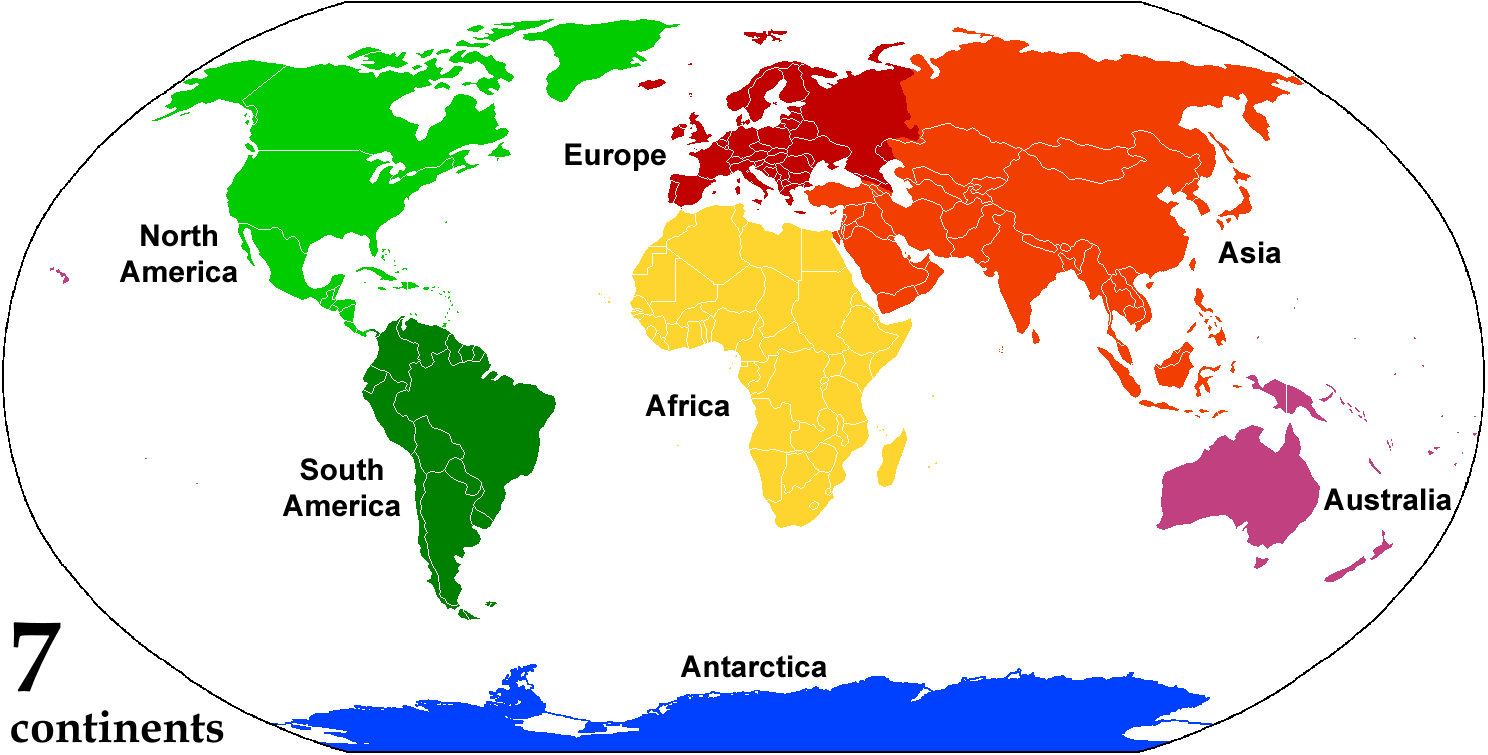
After leading to Asia and in Mexico, my global reading challenge now brought me to a place of solitude: the journal of poet May Sarton, written during her stay in a solitary house in the countryside of New Hamphire. The journal starts in September, and continues along one year to the following September.
It was the first paragraph, included in a review, that made me go and order the book:
"I am here alone for the first time in weeks to take up my 'real' life again at last. That is what is strange—that friends, even passionate love,are not my real life, unless there is time alone in which to explore what is happening or what has happened... I hope to break through into the rough, rocky depths, to the matrix itself. There is violence there and anger never resolved. My need to be alone is balanced against my fear of what will happen when suddenly I enter the huge empty silence if I cannot find support there."
it’s a passage that moved me when reading it, as i also feel like this. Sarton, there is so much i could quote. She also observes the sky and the garden, the change in seasons and moods, internal and external.
A central thought of Sarton's journal: that being in a difficult place is maybe part of being a poet or writer, or just anyone who is open to the world. And indeed, if you really start to let the world sink in, it’s beautiful, but there also so many things that are unsettling, painful, overwhelming.
The journal itself, i found it through an earlier book in this book journey: Sheila Nickerson quotes the first lines from Sarton in her Alaska journal, which i then quoted in my own blog note:
"Begin here. It is raining.." (more here)
Today I read the final pages, and it includes a line that connects to the circular pattern of life, and also to our place in time, with the future not necessarily in front of us, but maybe also behind:
"This is where poetry is so mysterious, the work more mature than the writer of it, always messenger of growth. So perhaps we write toward what we will become from where we are."
reading Sarton also made me think of Annie Dillard's journal, "Pilgrim at Tinker Creek", which i read last year. especially with the image of the lighthouse keeper:

And maybe that is what many writers are: lighouse keepers on rocky islands along the coast of our time.
So that was book 10 for me in the reading challenge. the next book, it is waiting already, inspired by the visit to the old places near here - a science-novel that leads back to neolithic times. Looking at the reading list, I just realized that this actually will be the first book from here, from Germany.
**
Global + European Reading Challenge
In the read this year, i am taking part in a global and in an european reading challenge. the idea: to read books from each continent of the world / several countries of europe. so far i've been to:
- book 9: Mexican Lives (America)
- detour: the world in 7 books
- book 8: Tagore (India/Asia)
- book 7: Zarzura (Egypt/Africa)
- book 6: Jericho (Israel/Middle East)
- book 5: Ledra Street (Cyprus/Europe)
- book 4: Disappearance. A Map (Alaska/America)
- book 3: Paris was Ours (France/Europe)
- book 2: Anar (Middle East)
- book 1: The Tigers's Wife (former Yugoslavia/Europe)
- more books: virtual bookshelf
- about: the Global Reading Challenge












































